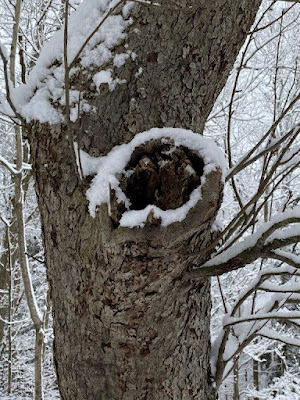I chose this book for it's title, because growing up I often heard someone exclaim "That's the last straw!" when they got frustrated. In this case, it's a call for action.
The Last Plastic Straw: A Plastic Problem and Finding Ways to Fix It (Books for a Better Earth)
by Dee Romito; illus. by Ziyue Chen
40 pages; ages 6-9
Holiday House, 2023
theme: environment, recycling, nonfiction
Over five thousand years ago, the ancient Sumerians had a problem. They needed a way to avoid the icky substances in their beverages.
Fortunately, these ancient folks were great problem-solvers and they came up with an idea: use a hollow reed to suck out the tasty liquid, leaving the sludgy stuff in the bottom of the cup. Even the Queen used a straw, though hers was a golden drinking tube encrusted with jewels.
But there was another problem: some straw stems had residue that changed the flavor of the drink. Fortunately someone got the brilliant idea to wrap paper around a pencil to make a paper straw – and even patented the idea for how to do it! But there was another problem: could the top be bendy? And another problem…. And for each problem, people came up with a solution, and eventually plastic straws became ubiquitous.
Which led to an even bigger problem: too many plastic straws! Nearly 500 million straws are thrown out every day – in the US alone! And those plastic straws (and other things) don’t biodegrade. Instead, they break down into tiny bits called microplastics that stay around forever. They pollute oceans, endanger wildlife, and even show up in the food we eat!
Fortunately, that’s a problem we can solve!
What I like about this book: I like the way Dee shows straws as a solution to a problem; even plastic straws solved a problem. I like how she focuses the end of the book on solutions. And of course, I like the back matter: an author’s note about more things that kids – and their families – can do, and a list of sources.
The Last Plastic Straw is part of the Books for a Better Earth series published by Holiday House. They designed the series to inspire young people to become active, knowledgeable participants in caring for the planet they live on.
As a person who has tried to go straw-free, but still forgets to say “no straw” when ordering the occasional soda, I just had to ask Dee One Question:
Me: What was the last straw for you? And did you quit using plastic straws?
Dee: I’ve always tried to choose eco-friendly options, but wasn’t being as active as I wanted to be. Once I started researching and saw the photos of how much plastic pollution there is out there, we made the switch in our house away from plastic straws which has led to other earth-friendly choices. Sometimes we forget to say “no straws” or we’re on a road trip and the stainless steel are harder to keep clean, but we’ve started using agave straws (which are disposable and biodegradable) as our on-the-go option. And most of the time, you really don’t need a straw. It’s a habit and a convenience that I’m happy to give up for a cleaner earth and healthier sea creatures. As for writing this book, when I feel like the information I have can make a difference in the world, I want to write about it and share it!
Beyond the Books:
Find out more about alternatives to using plastic straws. Look for metal, bamboo, or even paper straws in stores or online. What other alternatives can you find?
Are there any companies manufacturing non-plastic straws near you? One company, Roc Paper Straws, makes paper straws Rochester, New York. The company is owned by a mother-daughter team who, when they started, had zero manufacturing experience and a giant dream. You can find out more about them at their website.
Make your own paper straws. All you need is a pencil (or chop stick), some paper, glue, and wax. If you want your straws to be 100% biodegradable, use beeswax instead of paraffin to wax your straws. If you’re making straws for crafts, you don’t need to wax them. Here’s how to do it.
Dee Romito is a member of #STEAMTeam2023. You can find out more about her at her website, on Facebook, or on Instagram.
Today we’re joining Perfect Picture Book Friday. It’s a wonderful gathering where bloggers share great picture books at Susanna Leonard Hill's website. Review copy provided by the publisher.












.JPG)





